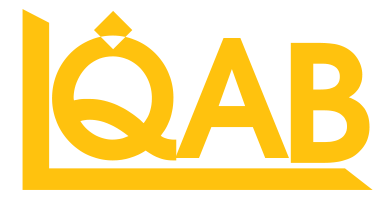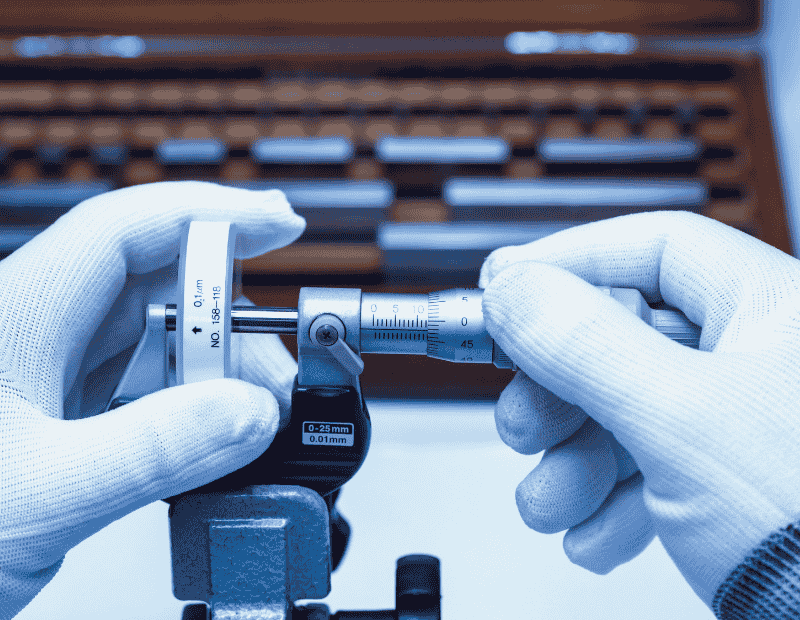1. Introduction: What is Dimension Calibration?
What does calibration mean?
Okay, imagine you have a watch. But instead of showing the right time, it’s a few minutes ahead or behind. Annoying, right? Calibration is all about making sure things show the correct information. It’s like adjusting your watch to the exact right time. When we talk about “dimension calibration,” we’re talking about making sure things are measured correctly. Just like how you set your watch to the right time, calibration sets measuring tools to the right measurements.
Why is dimension calibration important?
Now, think about this: what if the ruler you use in school is broken and doesn’t measure things correctly? You might end up thinking your pencil is 10 cm long when it’s actually only 8 cm. That’s why dimension calibration is super important. It helps us make sure every measurement is correct, whether you’re measuring for a school project or even making something in a factory.
2. Step 1: Understanding the Tools
What tools are used in calibration?
So, what kind of tools are we talking about? We use tools like rulers, micrometers, and something cool called a CMM (Coordinate Measuring Machine). A CMM is like a high-tech robot that checks measurements and makes sure everything is perfect.
How do these tools help us?
These tools are your best friends when it comes to measuring. A ruler is great for simple things like the length of your desk. But a micrometer? It’s for measuring tiny things, like the thickness of a coin. These tools help you get the right number every single time. That’s how we know your pencil is exactly the right length!
3. Step 2: Setting the Reference
What is a reference point?
Before we start measuring, we need to have a starting point. Imagine you’re measuring your height. You start from the ground, right? That’s your reference point. It helps you know where to begin, so your measurement is right.
Why is the reference important?
If you didn’t start from the ground, you’d get a weird result. Same goes with calibration – a reference point makes sure everything is measured from the same spot. It’s like starting a race at the same starting line. Everyone’s got to begin from the same place!
4. Step 3: Taking Accurate Measurements
How to use the tools correctly?
Now comes the fun part: using the tools! When you use a ruler, make sure it’s straight. If you’re using a micrometer, keep it steady, so you can measure with precision. Imagine trying to measure your height while jumping around – it wouldn’t work! Same goes for these tools; they need to be steady and accurate.
Why accuracy matters?
Imagine your favorite video game – it wouldn’t be much fun if the controller didn’t respond properly, right? It’s the same with measurements. If we don’t measure accurately, things won’t fit together the right way. So, when you’re building or making something, accuracy is what keeps it working perfectly. A little mistake in measuring can make a big difference!
5. Step 4: Adjusting and Re-checking
What happens when measurements are off?
Sometimes, we get it wrong, and that’s okay! If the measurement is off, we just adjust. It’s like if you make a mistake in your homework – you fix it so it’s perfect.
Why do we need to check again?
It’s always a good idea to double-check things. Just like how you double-check your homework to make sure it’s all right, we do the same with measurements. Re-checking helps catch any little mistakes and makes sure everything is just as it should be.
6. Step 5: Regular Calibration for Consistency
Why calibrate regularly?
Imagine if your bike tires slowly lost air over time. Eventually, it wouldn’t ride as smoothly, right? That’s why we need to calibrate regularly. If we don’t, our tools can lose accuracy, just like a flat tire. Regular calibration keeps everything running smoothly, whether it’s a machine or even the ruler you use.
How does it help businesses or everyday products?
Imagine if the clock at school was always wrong – that would be chaos! Calibration helps keep things working properly, from the clock on the wall to the machines that build your favorite gadgets. It helps businesses stay on track and makes sure products work just the way they should.
7. Conclusion: Why Calibration is Essential
Recap the importance of calibration
So, what’s the takeaway? Calibration is all about making sure our measurements are accurate. Without it, things can go wrong – from your homework to the machines that make your favorite video games!
Final Thought
Next time you pick up a ruler or use a scale, think about how important calibration is. It helps make sure everything works perfectly. Whether it’s measuring a pencil or building a car, calibration is the unsung hero that makes everything go right!
Curious about how calibration affects the things you use? Take a look at the tools around you and remember: calibration helps make sure everything is measured right! Keep learning and stay curious!

